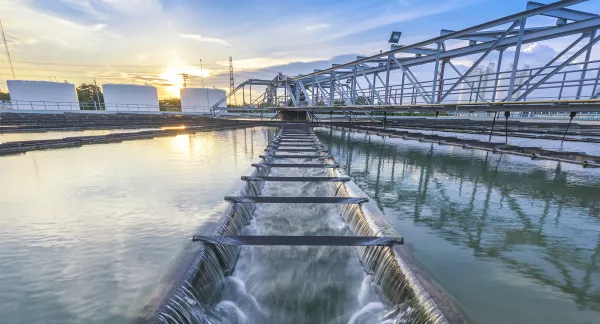Impact of Haloacetic Acid MCL Revisions on DBP Exposure and Health Risk Reduction
Project Highlights
The U.S. Environmental Protection Agency (EPA) is considering changes to the disinfectant and disinfection byproducts (D/DBP) rule. Specifically, there may be a shift from the currently regulated five haloacetic acids (HAA5) to nine (HAA9), which would include four additional brominated...
